Space X successfully catches Falcon Superheavy rocket booster in ‘Mechagodzilla claws’
Elon Musk’s SpaceX Starship has pulled off a spectacular landing after a successful test flight — and a new milestone.
Elon Musk’s SpaceX made an incredible advancement in capability when it launched its Starship rocket — and then managed to catch the Super Heavy booster in the “Mechagodzilla” claws on the launch pad on Sunday.
SpaceX successfully flew the first-stage booster of its Starship megarocket back to the launch pad after a test flight, a technical tour de force that furthers the company’s quest for rapid reusability.
The “super heavy booster” had blasted off attached to the uncrewed Starship rocket minutes earlier, then made a picture-perfect controlled return to the same pad in Texas, where a pair of huge mechanical “chopsticks” reached out from the launch tower to bring the slowly descending booster to a halt, according to a livestream from Elon Musk’s SpaceX company.
The booster was caught by the “Mechazilla arms” at SpaceX’s Starbase in Texas after the Starship rocket separated from the booster and continued into space.
Not long afterwards, the upper stage of Starship splashed down, as planned, in the Indian Ocean, a development saluted by Musk on X.
“Ship landed precisely on target!” he said of the vehicle’s fifth test flight. “Second of the two objectives achieved.” The successful “catching” of the booster at its Texas launch pad had company staffers erupting in cheers.
“Folks, this is a day for the engineering history books,” a SpaceX spokesman said on the company’s livestream.
Broadcaster Piers Morgan wrote: “Can’t stop watching this... just astounding. Congrats Elon and your [SpaceX] team, you’re doing mind-blowing stuff.”
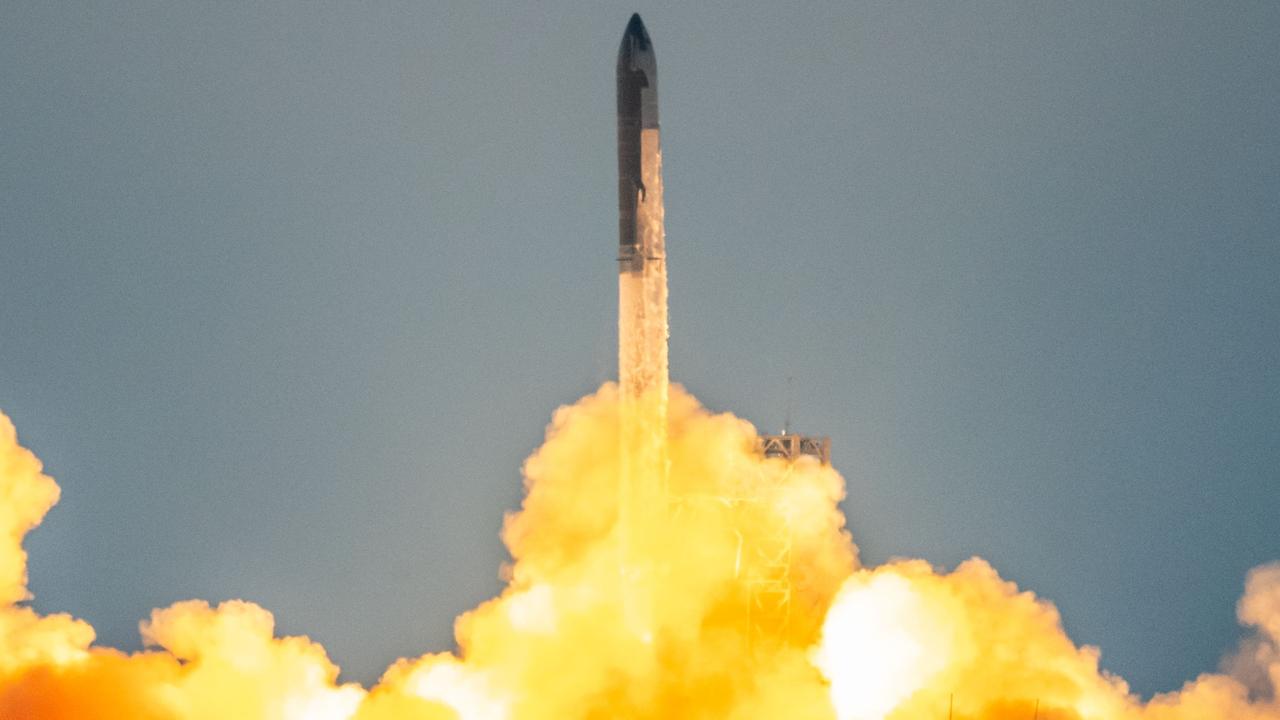
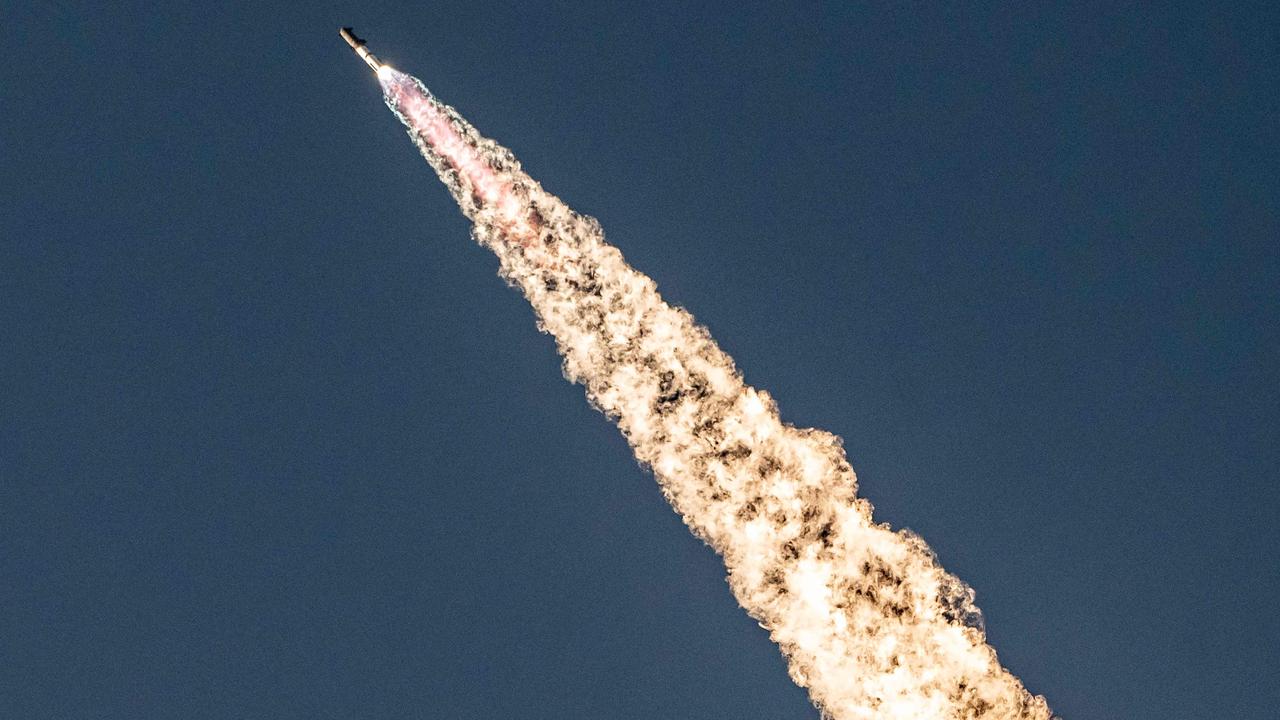
Liftoff occurred at 7:25am (1225 GMT) in clear weather from the SpaceX facility in southern Texas.
During its last flight in June, SpaceX achieved its first successful splashdown with Starship, a prototype spaceship that Musk hopes will one day carry humans to Mars.
US space agency NASA, which congratulated SpaceX on its successful test, is also keenly awaiting a modified version of Starship to act as a lander vehicle for crewed flights to the Moon under the Artemis program later this decade.
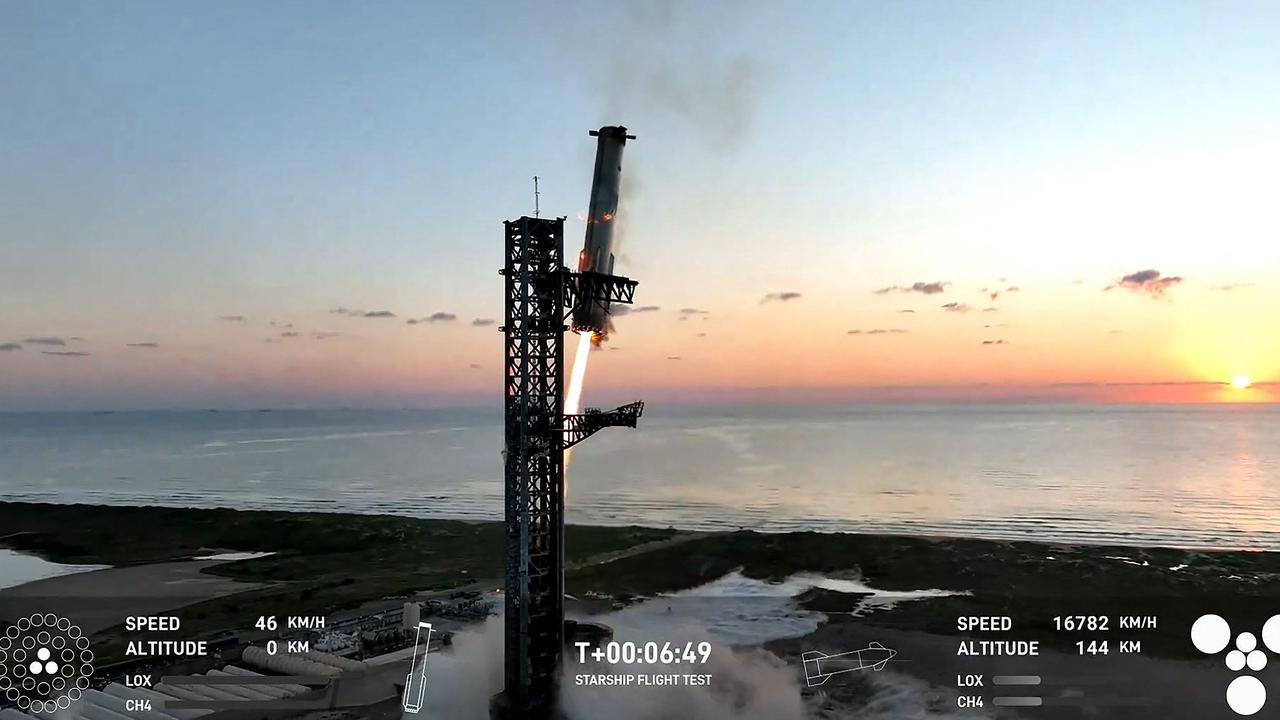
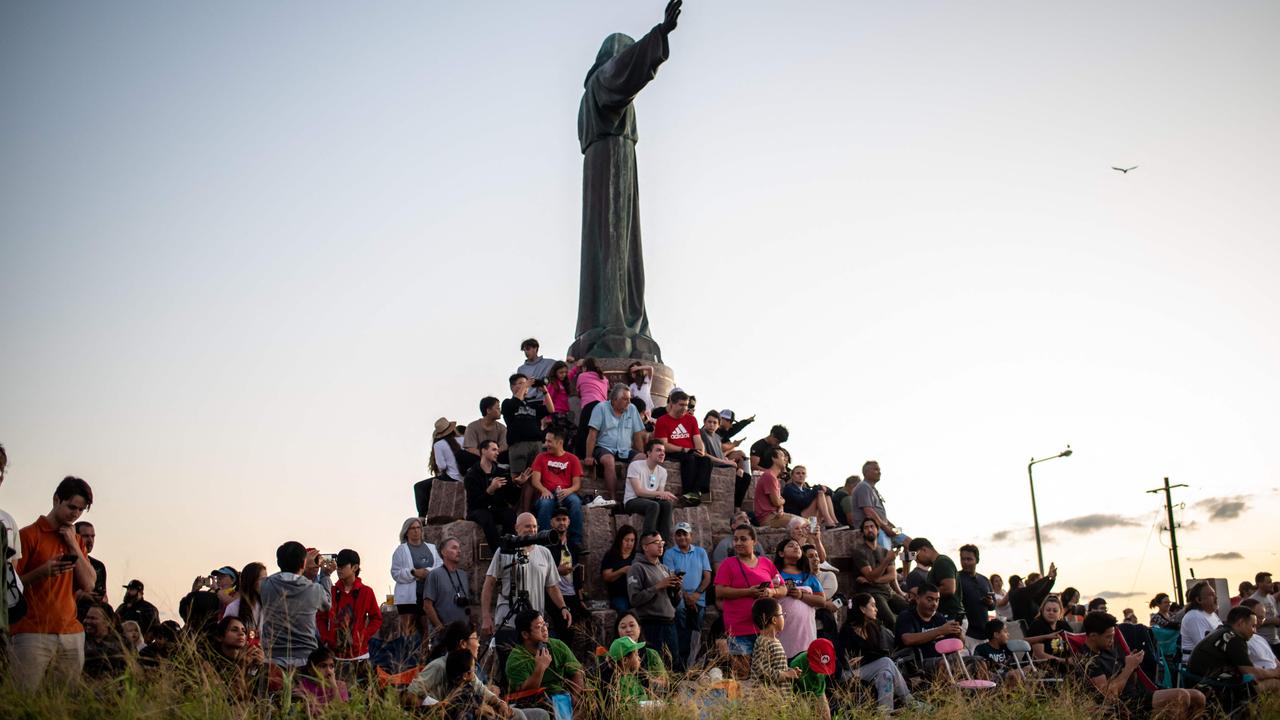
SpaceX said its engineers have “spent years preparing and months testing for the booster catch attempt, with technicians pouring tens of thousands of hours into building the infrastructure to maximise our chances for success.” Teams were monitoring to ensure “thousands” of criteria were met both on the vehicle and at the tower before any attempt to return the booster.
Had the conditions not been satisfied, it would have been redirected for a splashdown in the Gulf of Mexico, as in previous tests.
Instead, having been given the green light, the returning booster decelerated from supersonic speeds and the powerful “chopstick arms” embraced it.
Ship landed precisely on target!
— Elon Musk (@elonmusk) October 13, 2024
Second of the two objectives achieved. https://t.co/aMnllnkyzP
‘Fail fast, learn fast’
The large mechanical arms, called “Mechazilla” by Musk, have generated considerable excitement among space enthusiasts.
Video posted by SpaceX showed the booster slowly descending, its bottom wobbling slowly to and fro as some of its 33 powerful engines corrected its descent, until the arms closed gently around it and held the huge device in place above the ground.
Starship stands 397 feet tall with both stages combined - about 90 feet taller than the Statue of Liberty.
Its Super Heavy booster, which is 233 feet tall, produces 74.3 Meganewtons of thrust, about twice as powerful as the Saturn V rockets used during the Apollo missions.
SpaceX’s “fail fast, learn fast” strategy of rapid iterative testing, even when its rockets blow up spectacularly, has ultimately accelerated development and contributed to the company’s success.
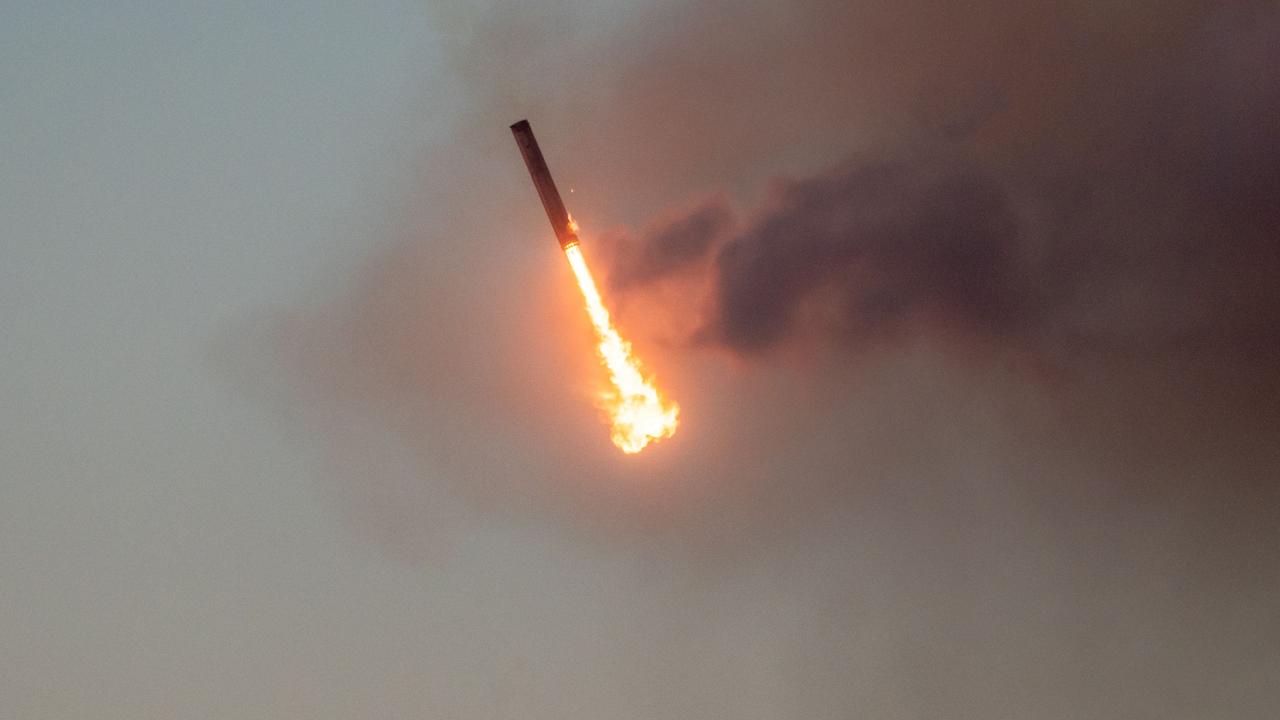
Founded only in 2002, it quickly leapfrogged aerospace industry giants and is now the world leader in orbital launches, besides providing the only US spaceship currently certified to carry astronauts.
It has also created the world’s biggest internet satellite constellation -- invaluable in disaster and war zones.
But its founding vision of making humanity a multiplanetary species is increasingly at risk of being overshadowed by Musk’s embrace of Republican presidential candidate Donald Trump and his alignment with right-wing politics.
A clearly energised Musk, wearing an “Occupy Mars” T-shirt, appeared alongside Trump at a recent rally in Pennsylvania.
BREAKING: SpaceX just successfully caught its Super Heavy rocket booster in mid-air on its first try! This is the first time anyone has accomplished such a feat, marking one of the most significant engineering achievements in human history.
— Sawyer Merritt (@SawyerMerritt) October 13, 2024
Congrats @SpaceX team! 🚀 pic.twitter.com/Ho7DIUap23
The company has been openly sparring with the Federal Aviation Administration over launch licensing and alleged violations, with Musk accusing the agency of overreach and calling for its chief, Michael Whitaker, to resign.
“He’s trying to position himself for minimal regulatory interference with SpaceX once Donald Trump becomes president,” said Mark Hass, a marketing expert and professor at Arizona State University.
“But it’s a calculated gamble if things go the other way.”
Read related topics:Elon Musk



